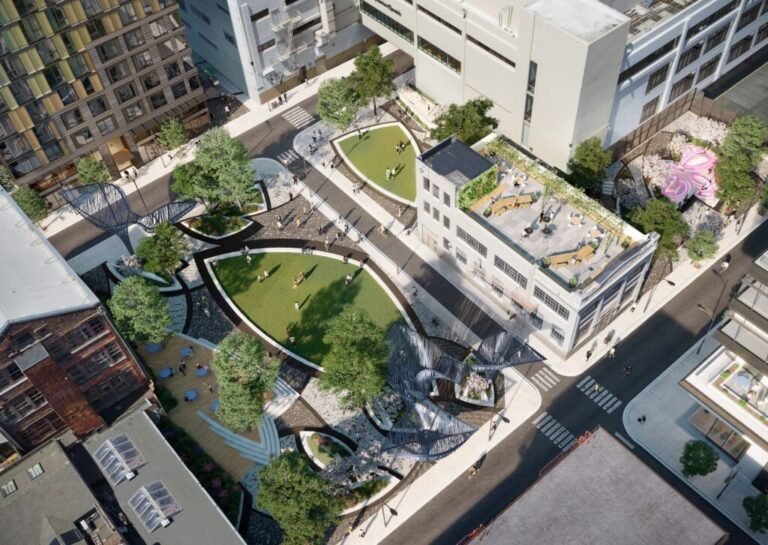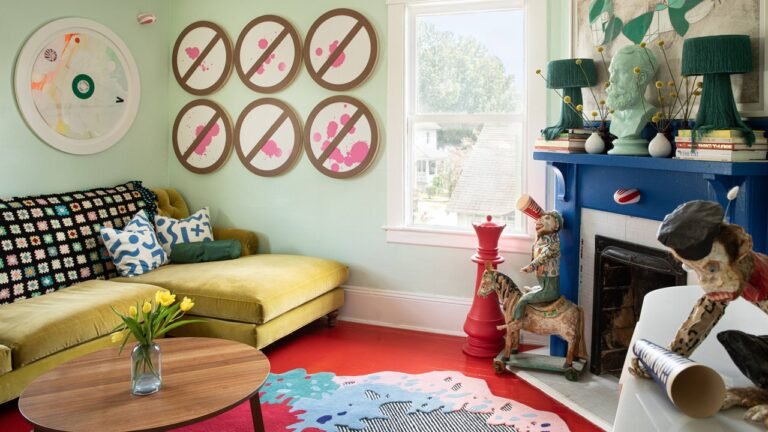Ennead Architects Unveils Mass Timber Chilean-Argentine Border Station Inspired by Local Topography and Culture
Ennead Architects Unveils Mass Timber Chilean-Argentine Border Station Inspired by Local Topography and Culture

Ennead Architects has revealed its competition design entry for the Chilean-Argentine border complex along the Cardenal Antonio Samoré Pass, one of the most heavily-trafficked mountain passes through the southern Andes and between the two countries. Dubbed Samoré, the project is designed to serve as a welcoming station and refuge for travelers, complementing the Patagonian tradition of remote mountain shelters that are commonly found across the southern Andes.
The architecture firm ensured honoring local cultures as well as the unique geological characteristics of the region, such as rain forests, volcanoes, and the Puyehue National Park in its design. Elements of the main building’s roof are revealed through the lush greenery of the transparent and porous arrival hall, with sloped roofs to accommodate and protect from the region’s heavy rainfall. The structure’s sloped roofs and peaks are also designed to represent the region’s volcanoes, further illustrating the inspiration from the surrounding environment.

Upon arrival, the building descends from the Cardenal Antonio Samoré mountain pass, creating a transition of landscape marked by the wide-open vistas of the Andean steppe towards the dense evergreen canopies of the Valdivian rainforest. Once inside, visitors step into the main Arrival Hall, which serves as a center for travelers, residents, and tourists to gather, and a hub for commercial activity.
Related Article
Ennead Architects and Kahler Slater Unveil Contextual Design of New Milwaukee Public Museum
The complex is separated into a series of buildings for cars, buses, and trucks, connected by a network of pathways that mirror the adjacent Gol-Gol River in Puyehue National Park. The central pathway provides a direct connection for border agents between the public-facing arrival hall, commercial customs area, and service buildings, which then disappear into the landscape through the placement of berms and foliage.

The design takes advantage of the flat topography of the site by providing a visual connection to the surrounding volcanoes and the Gol-Gol River. Additional structures for housing, law enforcement, and highway maintenance are also strategically positioned to minimize disruption to the natural environment and surrounding views.


Due to its proximity to Puyehue National Park, the structure is designed based on southern Chile’s tradition of wooden architecture. It will be built primarily as a mass timber structure constructed from sustainably-sourced timber from the region. Additional sustainable design elements include solar exposure calibration, natural ventilation to ensure comfortable indoor settings while minimizing impact on the region’s natural resources, and the potential for small-scale, on-site renewable energy generation, most notably geothermal wells from the surrounding volcanic activity.







